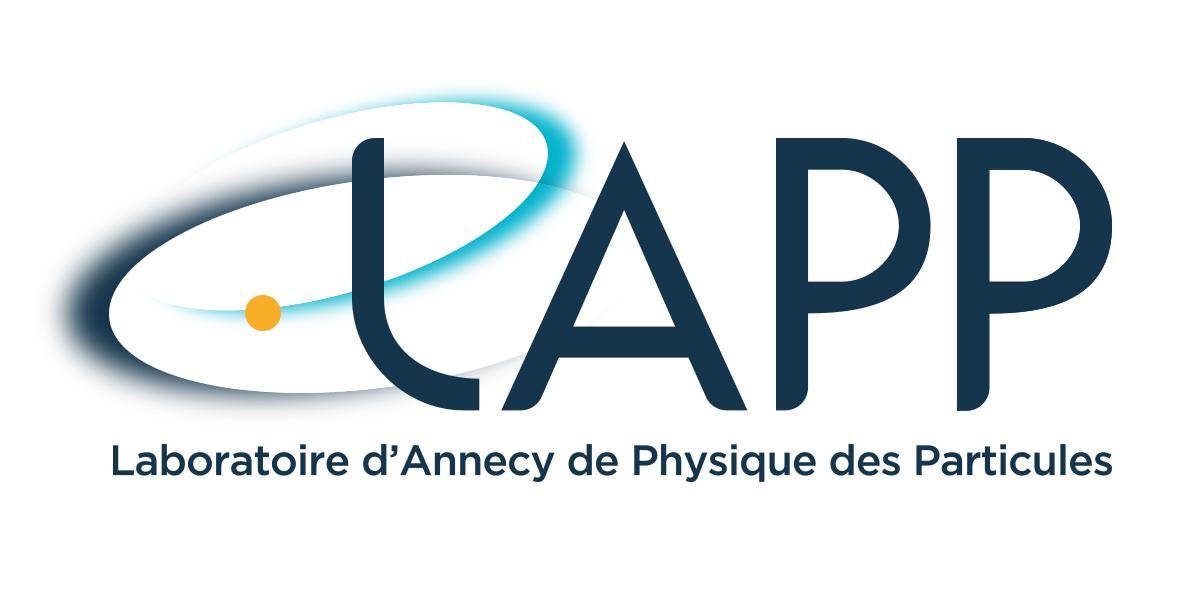M2 : Impact of Vibrations on the Performance of Electron Positron Circular Colliders
The Future Circular Collider Study (FCC) project aims to develop designs for a high-performance particle collider to be operated following the LHC era. The FCC Study, led by CERN, is an international collaboration of more than 150 universities, research institutes and industrial partners from all over the world. In a tunnel of about 100 km, different collision options are studied, especially electron-positron and proton-proton. The leptonic setup (e+/e-) named FCC-ee, and especially its first phase at a beam energy of 45.6 GeV, is being considered for this proposed study. This collider will provide the opportunity to generate a huge amount of Z bosons, and to process precision measurements for the worldwide particle physicist community.
To achieve the high luminosity budget necessary for the Z factory, both electron and positron beams have to reach the nominal energy and have the well-suited size just before colliding. At FCC-ee, more than 1500 quadrupole magnets and 500 sextupoles, as well as 3000 dipoles, are leading the particles beams to the Interaction Points (IP). The tolerance of position and alignment for these collider elements are so tight, that vibrations (seismic motion and human activities) induce detrimental effects on the beam properties, such as increasing the beam sizes and distorting the beam shape. The LAPP R&D Accelerators group has a long experience in this field and collaborates with many research institutes such as CERN, KEK, IJClab and University of Oxford. A 10 meter long prototype of a half-arc cell is under design at CERN [1], which will require extended physics studies to evaluate the impact of vibrations amplified by the mechanical structure on the particles beam. The study of this prototype will be crucial, as this elementary section will be multiplied to cover 77 km over 92 km circumference of FCC-ee. The student will actively take part to this project. The first step will consist in studying beam tracking along the accelerator and confirming first results obtained by the LAPP group. These studies, also called beam optics simulations – as accelerator physics and geometric optics are sharing some analogies – are carried out with the CERN physics program MAD-X, and possibly associated with Python to exploit results. The second step of the internship will be to consider some of the complex vibrations of the prototype. Finally, the effect on the particles beam due to these vibrations will be estimated. The student will have the opportunity to take part in the international project FCC-ee. He/She will collaborate with experts on accelerator physics and engineering. A Ph.D thesis subject, which will start in September 2024, will continue on from these vibrations studies. Furthermore, they will be extended to the colliding points with beam tracking. As the feasibility study of FCC-ee is presenting many similarities with the Japanese collider SuperKEKB, the Ph.D student could participate in the vibrations data analysis carried out on this collider, and thus validate simulations results obtained on FCC-ee.
[1] A. Piccini et al, FCC-ee Arc Half-Cell : methods to evaluate the systems’ stability, https://indico.cern.ch/event/132673…
Warning: Undefined array key "globals/typography?id=accent" in /var/www/html/wp-content/plugins/elementor/core/kits/manager.php on line 323
Warning: Undefined array key "globals/typography?id=accent" in /var/www/html/wp-content/plugins/elementor/core/kits/manager.php on line 323
Warning: Undefined array key "globals/typography?id=accent" in /var/www/html/wp-content/plugins/elementor/core/kits/manager.php on line 323
- Supervisor : Isabelle De Bonis, Freddy Poirier
- phone nimber : 04 50 09 17 09
- email : debonis@lapp.in2p3.fr poirier@lapp.in2p3.fr

